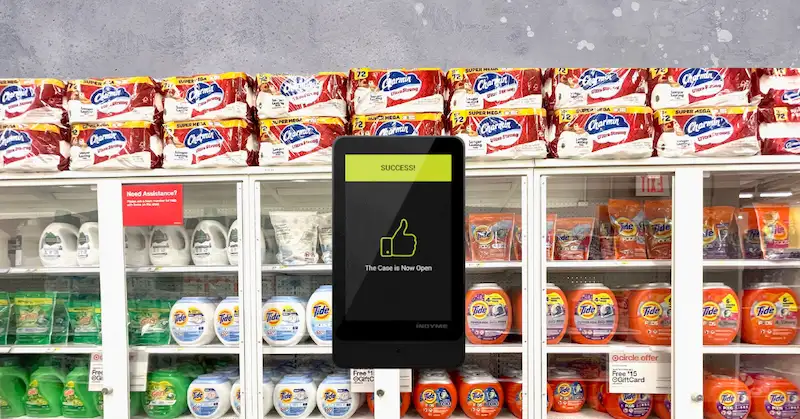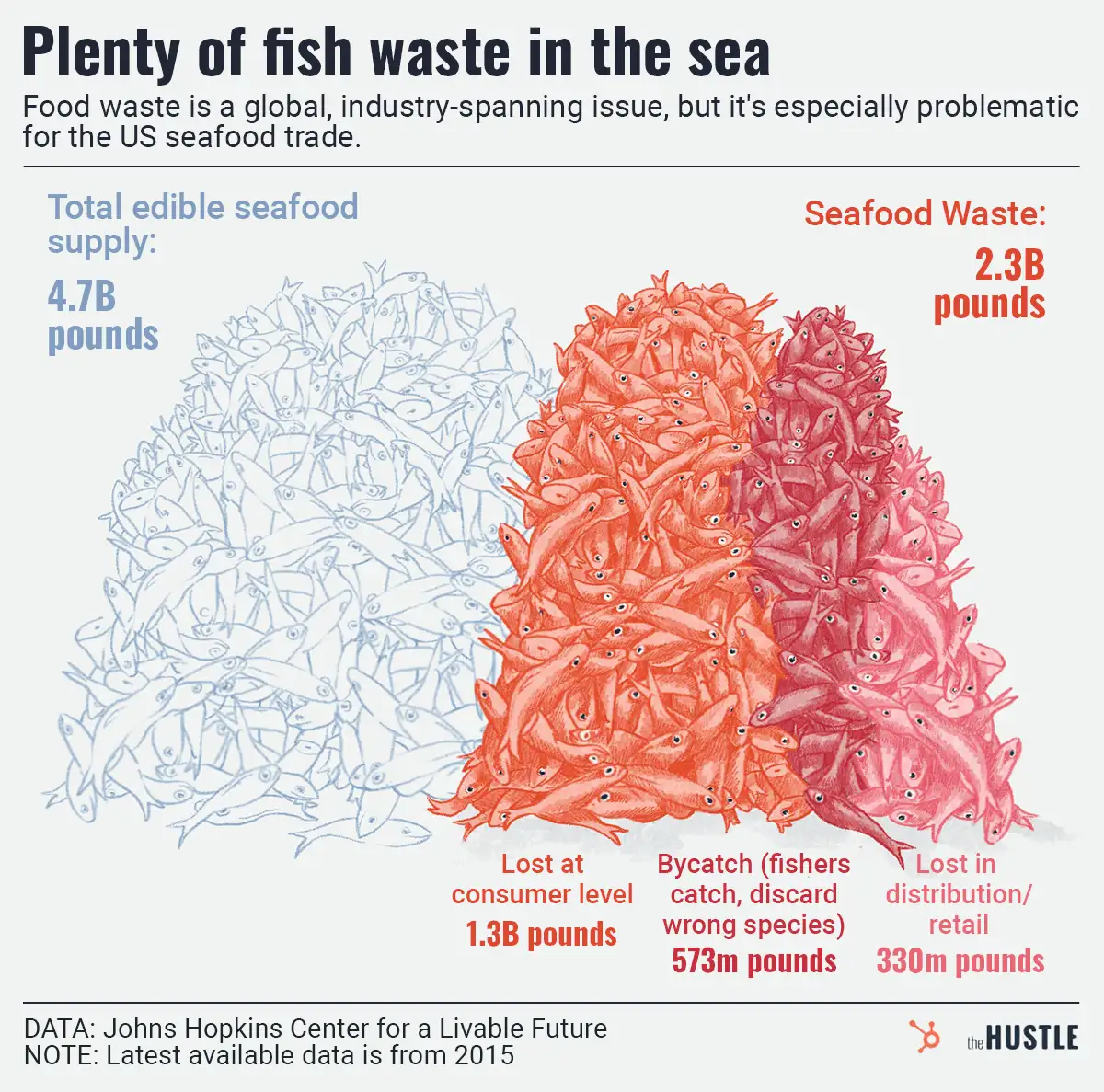Ever see a random shopping cart rolling down the sidewalk or tossed in a creek? Us too.

The Food Marketing Institute estimates ~2m carts are stolen per year. It’s been an issue since carts were invented, and costs retailers an estimated tens of millions annually, per CNN.
Costs include:
- Replacing missing carts, which can cost up to ~$250 each
- Paying vendors to retrieve carts
- Lost revenue from shoppers who can’t find carts
- Municipal fines related to cart retrieval and storage
Example: In 2022, Dartmouth, Massachusetts, fined Walmart $23k after public workers collected and stored 100+ carts over two years.
Why are people taking carts?
Even though cart theft is illegal, they’re pretty handy — and not just at the grocery store.
Unhoused individuals use carts as shelters or to store and transport belongings, while people without cars may cart groceries home or to a transit stop. And as homelessness has increased, so too have missing carts.
What can be done about it?
Apart from increasing affordable housing and improving public transit and accessibility?
Some stores are trying:
- Wheels that lock if taken off-property, which sometimes irritate shoppers
- Barriers that prevent carts from leaving stores — not ideal for shoppers with disabilities or heavy purchases
Meanwhile, Aldi’s requires quarter deposits as an incentive to return carts. Other stores use QR codes and member IDs to unlock and track carts.
BTW: Check out Julian Montague’s Stray Shopping Cart Project, featuring an extensive identification system.










